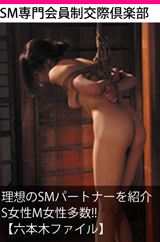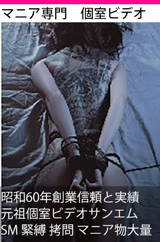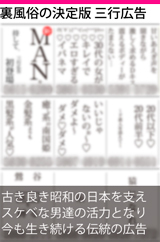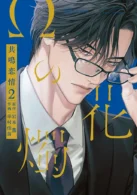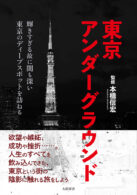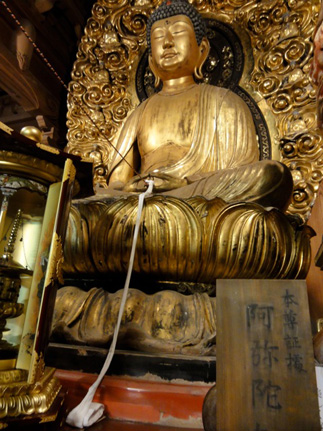
Erotical Parade Japan
フランス人ジャーナリストのエロティック比較文化論
気鋭の女性フランス人カウンターカルチャー専門ジャーナリスト、アニエス・ジアールが、「奇妙で豊穣な性文化」について日本の様々な文化的側面から掘り下げていくユニークな比較文化論。今回は京都観光でよく知られている大原の歴史ある寺々を訪ね、その景観や佇まいの中にある「音」と「声」にじっと耳を澄ませます。声明にはメロディーがまったく、音だけがある。
形式もなく、音の流れだけがある。
その名によって神を呼ぶことが声明の役割とされている。
つまり、声の力によって神に触れようとする行為だ。
こちらでその音声を聞くことができるので参照してみて欲しい。
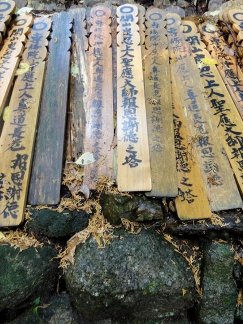 |
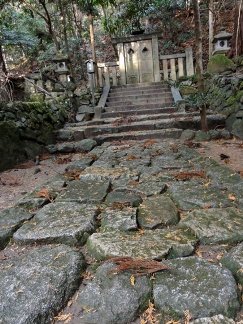 |
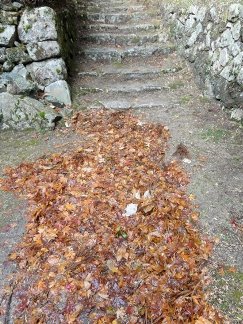 |
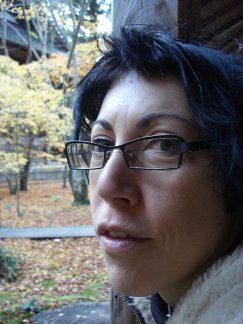 |
声明を歌うためには臍(へそ)の下の「丹田」という部位を使わなければならない。
そこは気(エネルギー)の中心となっている。
日本人の友人、上田氏は「女性の体で言えばそれは神聖な洞窟、岩戸だ。
男性では……ええーっと、同じことですね」と言う。
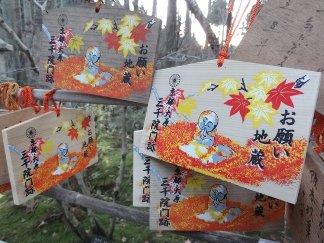
天台声明のための基礎的な道場として寂源(じゃくげん)によって1013年に造られた勝林院(しょうりんいん)には、手から2本の綱が垂らされた阿弥陀如来坐像(あみだにょらいざぞう)という有名な仏像がある。
そのうちの五色の綱は神とつながっていたいと願う生きている人のためのもの。
白い綱のほうは死んだ人だけのためにある。
それらの糸は丹田のそばに位置する仏陀の手に付けられている。
赤糸に触れると、それはまるで仏陀の陰茎に触れているかのよう。
人生のエネルギーがワイヤーを走る電気のように流れ込んでくる気がしないだろうか。
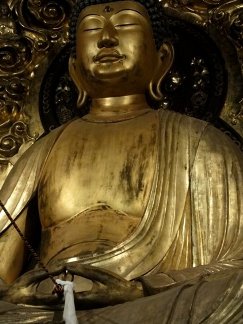
伝説では、大原問答(※注1)の間にこの仏陀の手から光が出始めた、と言われている。
仏陀はランプ、丹田は電力、そして声明の声と歌を神とつながるための綱と考えるのはどうだろうか。
私たちは大原で來迎院(らいごういん)も訪ねた。それはとても重要な寺院だ。
仏教の天台宗では良忍(りょうにん:1072−1132)が中国より伝来した声明の教本を標準化し、來迎院に最初の声明学校を作った。
今、この寺には自然と墓以外には何もないけれど。
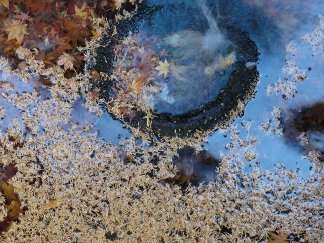
私たちは木や風、水の音を聞きたいと思っていた。しかし、そこには落ち葉を掃除するためのとてもうるさい機械を使っている庭師がいたため、静寂は得られなかった。我々は足早に立ち去るしかなかったのだが、寺の女性が「ごめんなさい」を12回も言いながら料金を返してくれ、私はとても混乱した。
静寂を得るために、我々は来迎院から100メートル離れた「音無の滝」に向かった。伝説ではこの小滝は僧侶に歌を歌わせるために音を出すのをやめた、と言われている。しかしこの小滝は全く静かではなかったので、少し可笑しく思った。それはとても美しい音色だった。
この音色はこちらで聞くことができる。
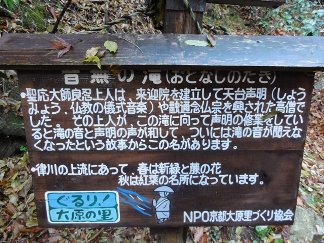
それから、私たちは夜の照明を見に宝泉院(ほうせんいん)まで出かけた。
宝仙院では映画館のように移り行く四季を眺めたり、水琴窟(すいきんくつ:※注2)の音を聞くことが出来る。
大原では音は全てだ。季節は移り変わり、自然は変化する。
しかし音は残る。そして声も。
文=アニエス・ジアール
翻訳=栗田直紀
翻訳=栗田直紀
※注1 大原問答 1186年(文治2)ころ、浄土宗の開祖法然(ほうねん)が、のちに天台の座主(ざす)となる顕真(けんしん)の要請により、京都大原の勝林院における各宗の学匠の集会で、その独自の浄土念仏の教理を説き、談論したこと。大原談義ともいう。
※注2 水琴窟 日本庭園の装飾の一つで、空洞に水滴を落下させ音を反響させる仕掛け。
※注2 水琴窟 日本庭園の装飾の一つで、空洞に水滴を落下させ音を反響させる仕掛け。
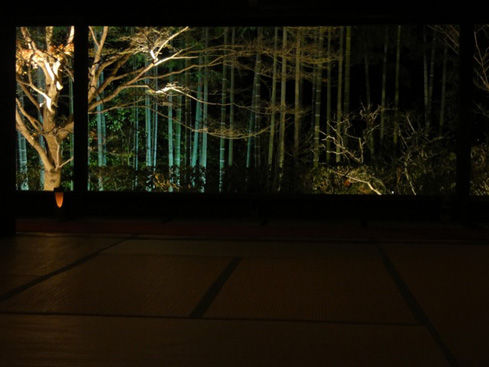
Ohara and song of prayers
Today, we visited 6 temples in 大原 Ohara, a nice place near Kyoto, very famous for SHOMYO, buddhist hypnotic song looking like the flow of capricious water : there is no melody, only sound. There is no form, only flow.
Shomyo means : calling God by his name.
It's a way to get in touch with God, though the power of voice.
http://www.youtube.com/watch?v=B2rZNsqS-aw&feature=channel
To sing shomyo, you must use your "tanden", below the heso.
It's the center of ki (energy)
A japanese friend, Ueda-san, said : "In the women's body, it's the sacred cavern, the iwato. In the men, eeeeeeeeh, it's the same".
In Shorin-in temple - founded in 1013 by Jakugen as a fundamental training hall for Tendai Buddhist chant - there is a famous statue of Amida Nyorai zazo with the hands linked by 2 ropes.
One rope (five-colored) is for living people, who want to get connected to God.
The white rope is for dead people only.
The ropes are attached on the hands of the Buddha, situated close to tanden.
When you touch the red string, it's like touching Buddha's penis !
It's like electricity : energy of life goes through the wire.
A legend says that during the "Ohara mondo", light started going out from this Buddha's hands.
Buddha is a lamp. Tanden is electric power. Voice and song of Shomyo are strings to get linked with divinity...
... maybe ?
In Ohara, we also went to Raigo-in.
It's a very important temple.
In the Tendai school of Buddhism, Ryonin (1072-1132) standardized the shomyo texts that had been introduced from China and built the original shomyo seminary at Raigoin.
There is nothing in this temple, except nature and a tomb.
We wanted to hear the sound of water, wind and trees...
But there was a gardener using a very noisy machine to get the leaves away.
It was impossible to get peace.
So we went away very fast.
The woman from the temple gave us our money back saying "Gomen nasai" 12 times. I was really confused.
To get peace, we went 100 meters from Raigo-In to 音無ノ滝 Otonashi no taki.
The legend says this cascad stopped making noise, in order to let a monk sing.
It's funny because this cascad is not silent at all. It has a very beautiful voice.
Listen : http://ieva.bandcamp.com/track/cascade-silencieuse-ohara
Ne ?
Then, we went to Hosen-in, for night illuminations.
In Hosen-in, like in movie theater, you can watch shiki, seasons passing by, and hear the sound of Suikinkutsu.
In Ohara, noise is everything. Seasons pass by. Nature changes. But the sound remains. And the voices.
text=AGNES GIARD
関連記事
欧米フェティッシュ・ジャーナル Fetish Journal
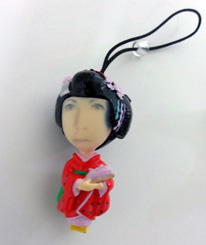
アニエス・ジアール - AGNES GIARD - 1969年生まれ。仏リベラシオン紙のジャーナリストであり、主にカウンターカルチャーや性に関する記事の専門家。日本のエロティシズムについて言及した著作 『エロティック・ジャポン』(仮)、『図解 ビザール・セックス全書』(仮)がそれぞれ河出書房新社と作品社より近日刊行予定。現在は京都の関西日仏交流会館ヴィラ九条山に滞在しており、日本における様々な恋愛物語についての本を準備中。
10.12.16更新 |
WEBスナイパー
>
エロティカルパレード・ジャポン!!
|
|



